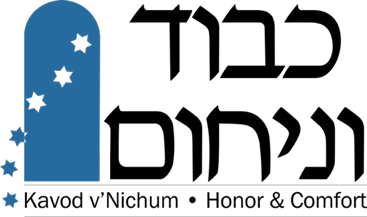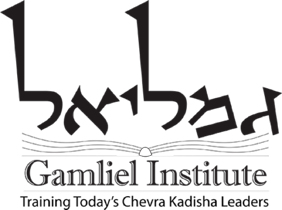Leadership Challenges
Dealing with Conflict
A challenging aspect of leading occurs when the “stuck old guard” and the “new young blood” are at odds as to how things should be done. This happens in Chevrot Kadisha when newer members challenge those who have been doing taharah for many years.
This challenge may or may not be overt. It might take the form of simply offering to provide new ideas, or new ways of understanding why and how things should be done, or possibly just offering to review new taharah manuals. Those entrenched in older ways may feel threatened by such actions. This can give rise to conflict and a lack of cooperation among chevrah members, along with resentments and hot tempers.
It can be especially difficult for leaders when they are the ones considered to be “old and stuck” by the new, often younger, chevrah members.
This situation is never simple, often including multifaceted aspects. These elements include the clash between the wisdom and expertise of the older, more experienced members and the inexperience of the newer members who might be more informed about newer methodologies or ideas.
Combined with this are the interactions of personalities and methods of communication and cooperation (or lack thereof). To make this more interesting, add in the often-prevalent age differences between newer younger members and older experienced members, which many times reflects a generation gap.
Chevrah leadership must decide how best to meet the needs of both of these groups without snuffing out anyone’s passion for this holy work. All groups need new membership, new ideas, and younger people to replace older members as they move on. At the same time, there is the need to respect the ways and experience of the “old guard”.
We treat the dead with great dignity and respect. So should we treat each other as we navigate these challenges. It helps if leaders can create an opportunity for the new ideas to be presented in ways that explain why these ideas are central to the preservation of the sanctity and dignity of the rituals involved. This approach can allow the elders to find ways to preserve their principles (and dignity) while allowing for change. To some elders, any change may appear as a threat, or as a challenge to their integrity and identity as representatives of the essence of tradition. In the face of such a threat, they may get fearful and defensive, which can translate into stubbornness.
Kindness is at the basis of our work, and will help in this area too. Treating each of our members with sincere and genuine kindness and respect goes a long way to opening the doors of cooperation in the face of conflict.
Often just reminding all of the parties involved of the holiness of this work, and why we are all doing this, will be enough to dispel the harshness of the moment and allow for honest discourse.
This approach will also help in other situations of difficulty, such as member personality conflicts. It is important that leaders understand these situations so they can assemble teams and take actions to consciously avoid confrontations.
Educating Leaders and Managers
It is to the leaders and managers of the chevrah that the new members look for guidance, wisdom, and support. They are expected to know what they are doing.
For leaders of chevrot to be effective over the long term, they must continue to learn and grow, become wiser in the ways of the Chevrah Kadisha world. This might be through enrollment in Gamliel courses, attendance at Kavod v’Nichum conferences, or through invited speakers at events in the local community. It can also be accomplished by arranging weekly study sessions in which chevrah leaders (and possibly other members) learn together. Studying the texts from which our liturgy comes, learning the history of Chevrah Kadisha, studying very old and very new taharah manuals for comparison, learning about minhagim of other chevrot, or studying policy ideas are all ways to inspire, engage, and empower chevrah leaders (and members).
As just noted, one effective method of keeping leaders current is to send them to Kavod v’Nichum’s annual North American Chevrah Kadisha and Jewish Cemetery conferences. At these events, leaders learn with colleagues from different communities, share ideas, learn new approaches and techniques, deepen their knowledge and understandings, and gain contacts with whom they can discuss issues and challenges. Since 2003, these conferences have proven themselves to be invaluable resources and learning opportunities.

